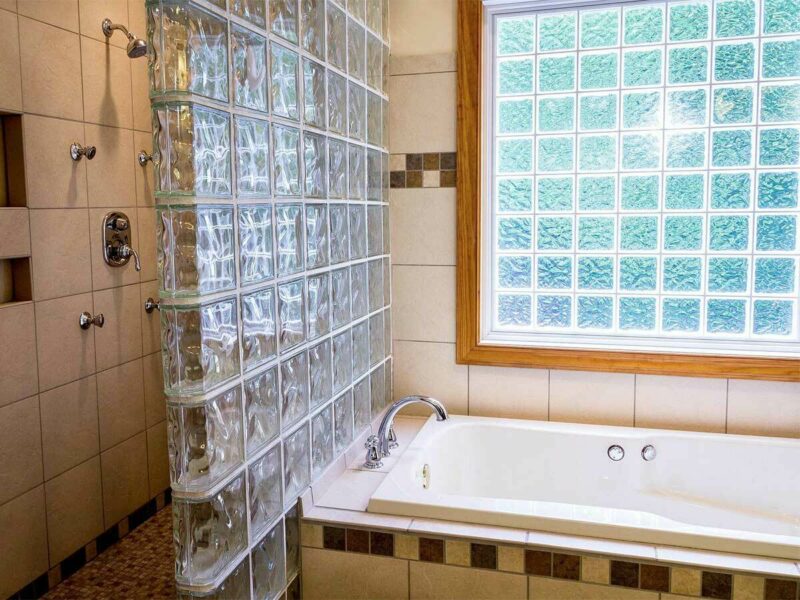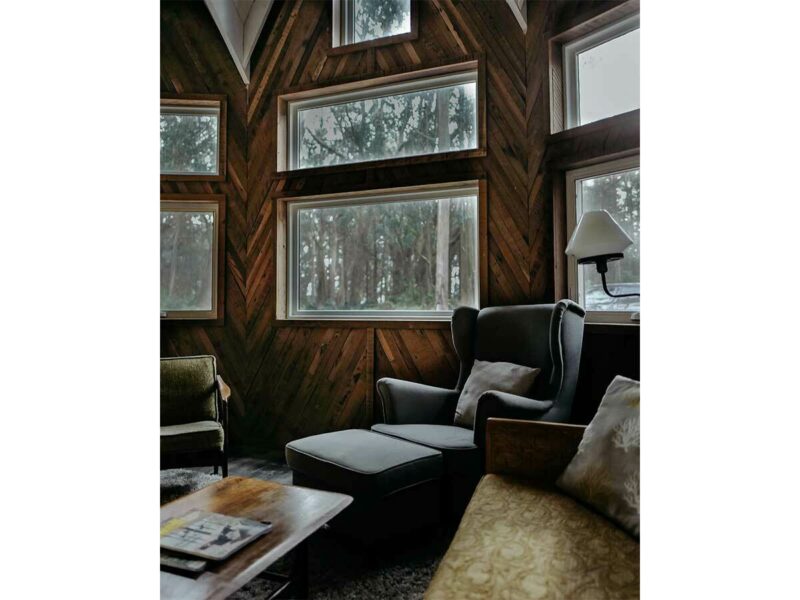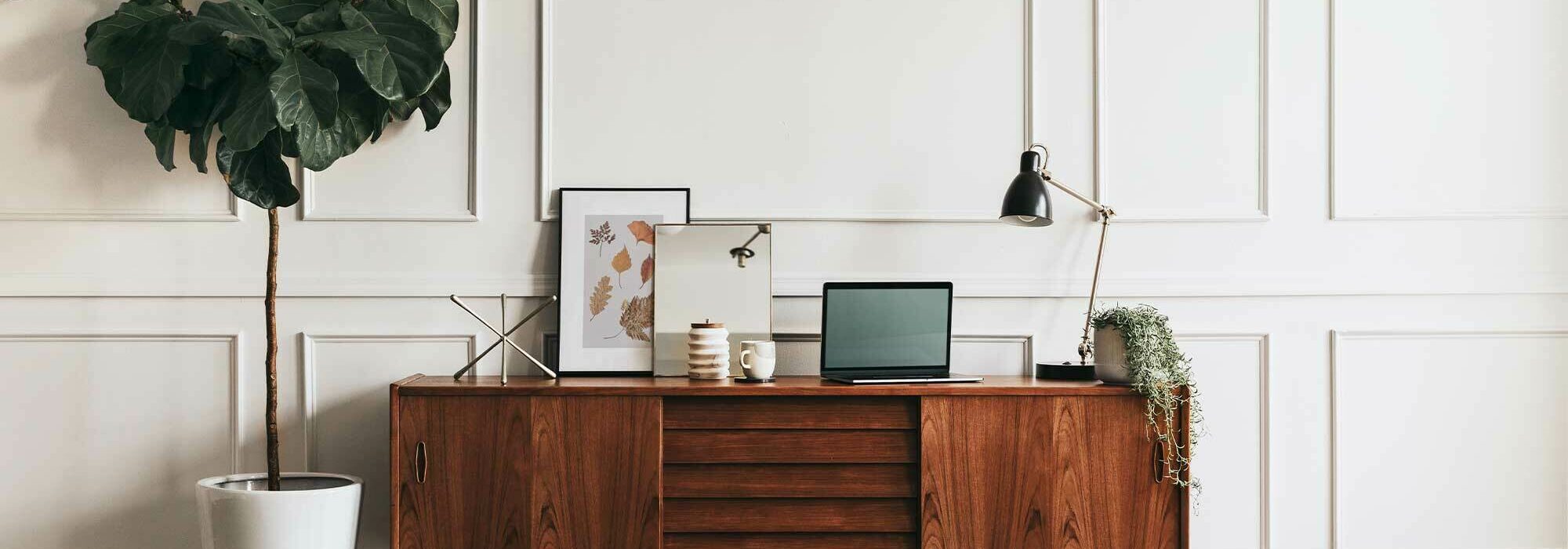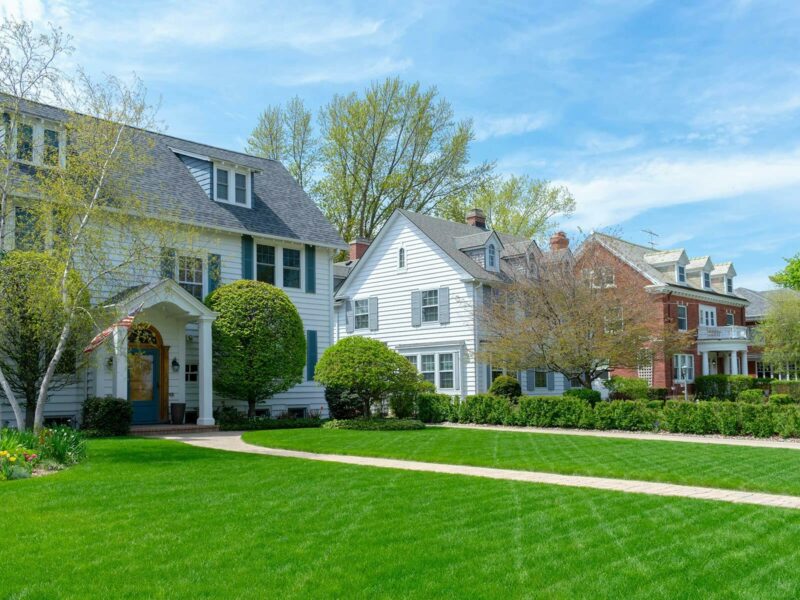Article Excerpt
Home design trends come and go. Some trends that go away should never come back, and some should. What kinds of trends are these?
Countless articles and blog posts across the internet talk about the latest trends in home design. They keep homeowners up to date on the latest trends, styles, and fads. They might inspire you to make some changes around your home or give you some ideas about what you’d like to see in a house.
What about features that have gone completely out of style, though? Sometimes inspiration can come from something that was once common but might look strange now. The following 8 design features were once common in homes throughout the country. They have fallen by the wayside, but should they make a comeback? That’s for the homeowners of America to decide.
Split-Level Homes
We tend to think of homes as being one or two stories tall, but homes can be so much more. Starting in the mid-20th century, homes began to appear that had multiple levels alongside one another. Known as split-level homes, they might feature a bedroom that’s several steps down from the living room or a study that’s several steps up.
This type of home is still around today, with the style reaching its peak in the 1960s and ‘70s. They are most common in the suburbs, and they work best with houses built on inclined terrain. They present a problem, however, for people with impaired mobility.
![Photo by Jeremy Levine on Flickr [Creative Commons] Hallway](/images/articles/_generalPhotoStandard/hallway.jpg)
Photo by Jeremy Levine on Flickr [Creative Commons]
Pastel Bathroom Tiles
Tiled bathroom walls in light colors are a mainstay of mid-century home design. This look practically screams 1950s decor in most cases, but more and more designers insist that it can still look cool in the 21st century.
![Photo by lns1122 on Flickr [Creative Commons] Pastel tiles](/images/articles/_generalPhotoStandard/pasteltiles.jpg)
Photo by lns1122 on Flickr [Creative Commons]
Glass Blocks
If you’ve seen an episode of Miami Vice, then you’ve seen many of the possible uses for glass blocks in home design. Glass blocks first began to gain popularity in the 1930s as part of the Art Deco design movement. They are most commonly associated with the 1980s aesthetic, though. Opinions vary on whether glass blocks should remain in the 1980s or have a place in modern home decor.

Image by JamesDeMers from Pixabay
Telephone Nooks
Many older homes have a small shelf in a hallway, usually around 4 to 5 feet off the ground. As older readers know, telephones used to be large and clunky. These shelves provided a convenient place to keep a phone. Now, you could put a plant there, you could decorate it with some art, or you could continue its original purpose by using it as a place to charge your phone.
![Photo by emma on Flickr [Creative Commons] Telephone nook](/images/articles/_generalPhotoStandard/Telephone-Nook.jpg)
Photo by emma on Flickr [Creative Commons]
Wood Paneling
The 1970s might have been the heyday of wood paneling, with both real and faux wood. The darker color of most finished woods tends to darken a wood-paneled room, but sometimes that’s what you want. Wood paneling is enjoying a bit of a comeback as a “retro” style flair.

Photo by Drew Coffman on Unsplash
Conversation Pits
In the 1960s and ‘70s, some homeowners sought to emphasize the form and function of the rooms in their houses over the furnishings. This trend led to the popularity of the conversation pit, which is literally a pit in the middle of a living room with seating all around the sides. The idea is for people to sit facing one another so they can be sociable.
Conversation pits came to symbolize the swanky parties of the era, but they fell out of favor in the 1980s for multiple reasons. One likely factor was the danger of people falling into a hole in the middle of the living room floor. Most of the homes with conversation pits that still stand today have raised the floor to make it a level surface.
![Photo by ArchiTexty on Flickr [Creative Commons] Conversation Pit](/images/articles/_generalPhotoStandard/Conversation-pit.jpg)
Photo by ArchiTexty on Flickr [Creative Commons]
Sleeping Porches
Before air conditioning, Texans had to find other ways to deal with hot summers. Sleeping porches developed as a way to beat the heat in many parts of the southern U.S. They began to appear in the early 20th century when people were seeking sources of fresh air to improve their health.
Sleeping porches featured large screened windows that allowed evening breezes to pass through. As A/C became more common, they fell out of use.
![Photo by Susan Dennis on Flickr [Creative Commons] Porch](/images/articles/_generalPhotoStandard/Porch_2022-04-26-130857_opkp.jpg)
Photo by Susan Dennis on Flickr [Creative Commons]
Boot Scrapers
Many homes in cold climates have “mud rooms” where people can discard their muddy, snowy shoes or boots before entering the rest of the house. Back in the days before widespread street paving, walking almost anywhere outside presented the risk of boots covered in mud, manure, or garbage.
The boot scraper was a common fixture outside of many homes. It provided a place where people could clean as much of the filth off their boots as possible before coming inside. Given the unpredictability of Texas’ weather, boot scrapers could be a useful feature for modern homes as well.
![Photo by George Redgrave on Flickr [Creative Commons] Boot Scraper](/images/articles/_generalPhotoStandard/Boot-Scraper.jpg)
Photo by George Redgrave on Flickr [Creative Commons]
Find Out More
If you are looking for a home to decorate however you want, the home mortgage professionals at the Wood Group of Fairway are here to help you realize your dreams. Contact us today to get started on your free pre-approval.



